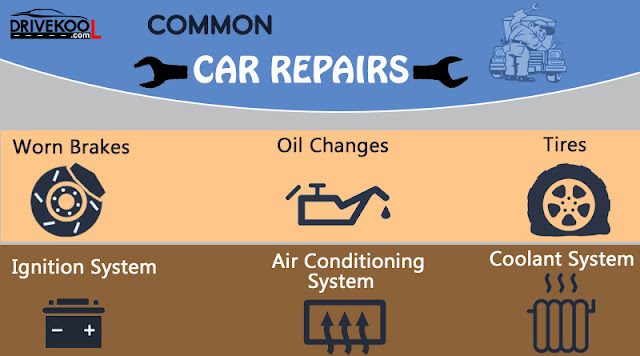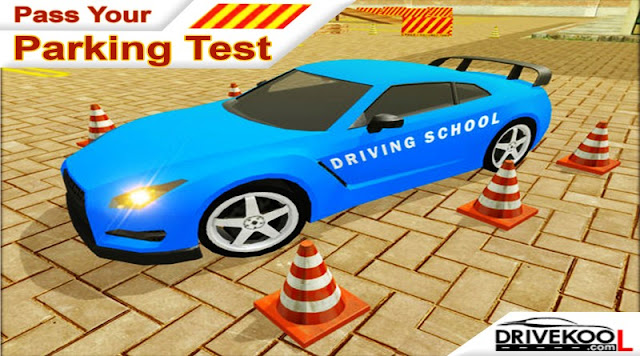Rules of Learner’s License in India
A driver’s license is an official document issued under government authority permitting a specific individual to operate a motor vehicle. Under the provisions of the Motor Vehicle’s Act, 1988 in India, no person can drive a motor vehicle in any public place unless he holds a driver’s license issued to one, authorized to drive a vehicle of a particular category. In India two types of driving license are issued: Learner’s License and Permanent License.
Learner’s License has a validity of six months from the date of issue. A learner’s license is essential to obtain a permanent license because only after the expiry of one month post duration of a learner’s license can a permanent license be issued. The eligibility for obtaining a Learner’s License for a private motor vehicle of 50 cc engine capacity and without gear is 16 years of age ( with prior consent of parent/guardian). An individual can apply for a license for any category of private vehicle after the age of 18 years. An individual can obtain a license to drive a commercial vehicle with a minimum eligibility of 20 years of age. One also needs to be equipped with the knowledge of traffic rules and regulations as well as road signs and signals. A license holder needs to possess a basic knowledge about the vehicle one drives.
A learner’ license holder needs to place the letter ‘L’ on the front as well as the rear end of the vehicle one drives. In some states of India one cannot drive a two wheeler as a learner’s license holder unless one has a pillion rider with a permanent license for the same category of vehicle. Motor training schools in India often help their pupils to obtain learner’s license as a part of the classes.




Comments
Post a Comment